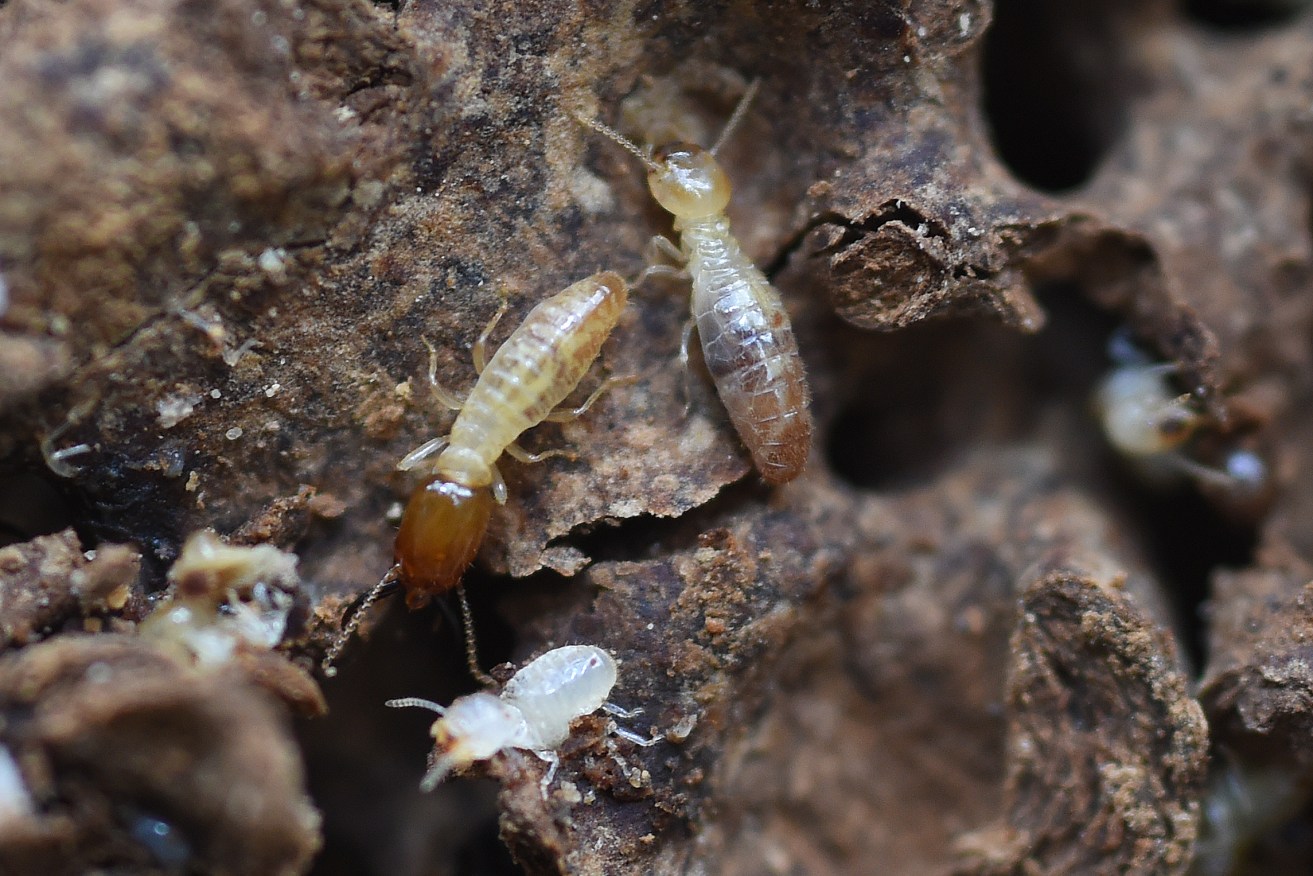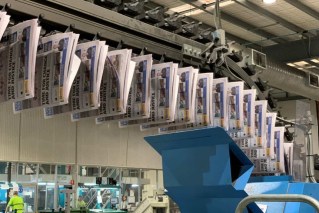Termites help unearth a high-tech future
Miners are increasingly turning to alternative ways to find elusive minerals. Termites might be the key.


AAP Image/Dave Hunt
Termites might become a crucial aid in helping discover the next wave of mining in Australia.
As minerals become more difficult to find, new methods are needed. In 2014, the State Government spent $400,000 on a study looking at whether spinifex leaves showed traces of valuable minerals.
The Government has moved on to a more traditional method in 2020 by spending $1 million on 61 companies to explore for minerals like cobalt and rare earths, which are used in technology products.
The CSIRO, however, has opted for termites.
Miners have used termites before to find traces of gold, but now the CSIRO says the termite mounds may point to a wider range of highly sought after materials.
It analysed the blue metallic crusts on termite mounds and soils close to a zinc-lead-silver deposit in the Pilbara and compared the data to samples from elsewhere, to prove a connection.
“We’ve shown that analysing zinc isotopes found in manganese crusts has huge potential to be used to explore for these metal deposits, and others,” Dr Sam Spinks, the lead scientist in the research, said.
“As the world transitions to a low emission future, there’s a need for more nickel and cobalt to build electric vehicles and batteries to store renewable energy.
“Australian explorers need new, cost-effective techniques to find the next generation of deposits below the surface. As the world transitions to a low-emission future, there is a need for more nickel and cobalt to build electric vehicles and batteries to store renewable energy.”
Queensland’s north west is believed to have high potential for the new economy minerals and a few years ago geologists unearthed evidence suggesting a treasure trove of the rare minerals in large pipe structures that could contain platinum and gold as well as rare earth elements used in advanced technologies from hybrid vehicle batteries to super-conducting magnets.
The discovery covers an area from central New South Wales to Queensland’s north west and was described as a new frontier for mining by Mines Minister Anthony Lynham.
The funding of the 61 companies is an attempt to find out more about the region.
Near Julia Creek, work is underway to prove the St Elmo vanadium project has economic potential. Vanadium could be used to replace lithium in batteries and St Elmo was declared a prescribed project this week by the Queensland Government in a bid to speed up approval processes.
Hammer Metals is one of the 61 companies funded by the Government to uncover the next big thing. It is looking for rare earth deposits that could supply minerals for technology products as well as copper.
“As we move into the new economy minerals and getting away from the reliance of supply coming out of China these are the types of systems the Government has focused on for the next wave of mine and mineral processing,’’ Hammer’s Dan Thomas said.
“We are keen on the potential.
“There has not been a modern wave of exploration go through there. As companies have moved on they have thought an area has been well explored so it goes out of fashion for a while.
“What happens is 10 to 20 years has passed and no one has applied new technologies and methods. We have seen it around the gold mines in WA.
“You find new ideas, new thoughts, new methods help
“There is a lot potential for fresh eyes to come up with a new discovery.’’












